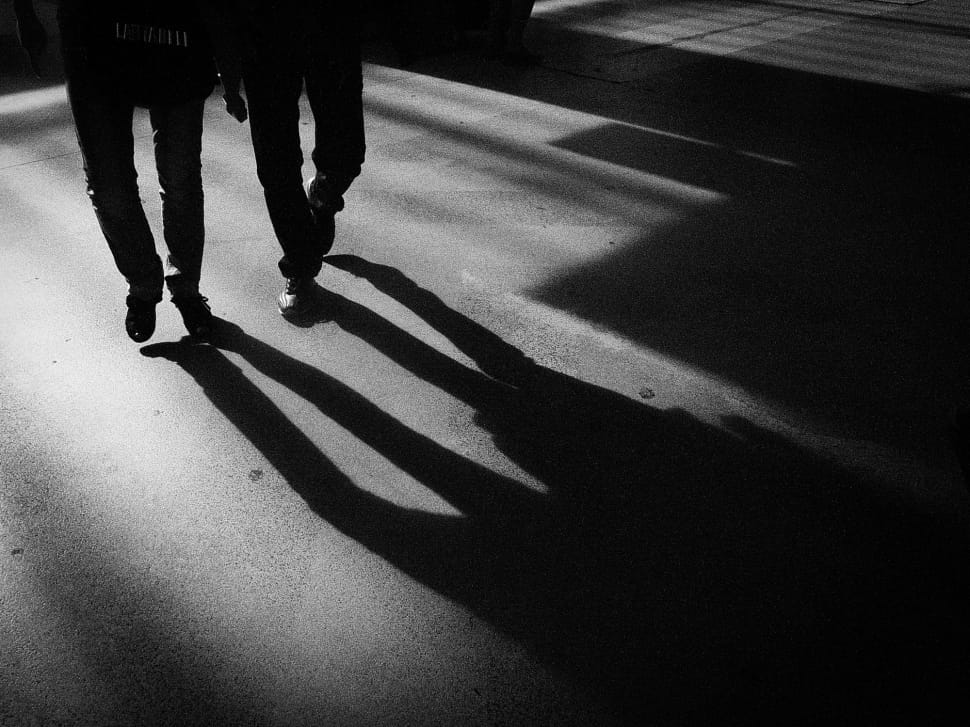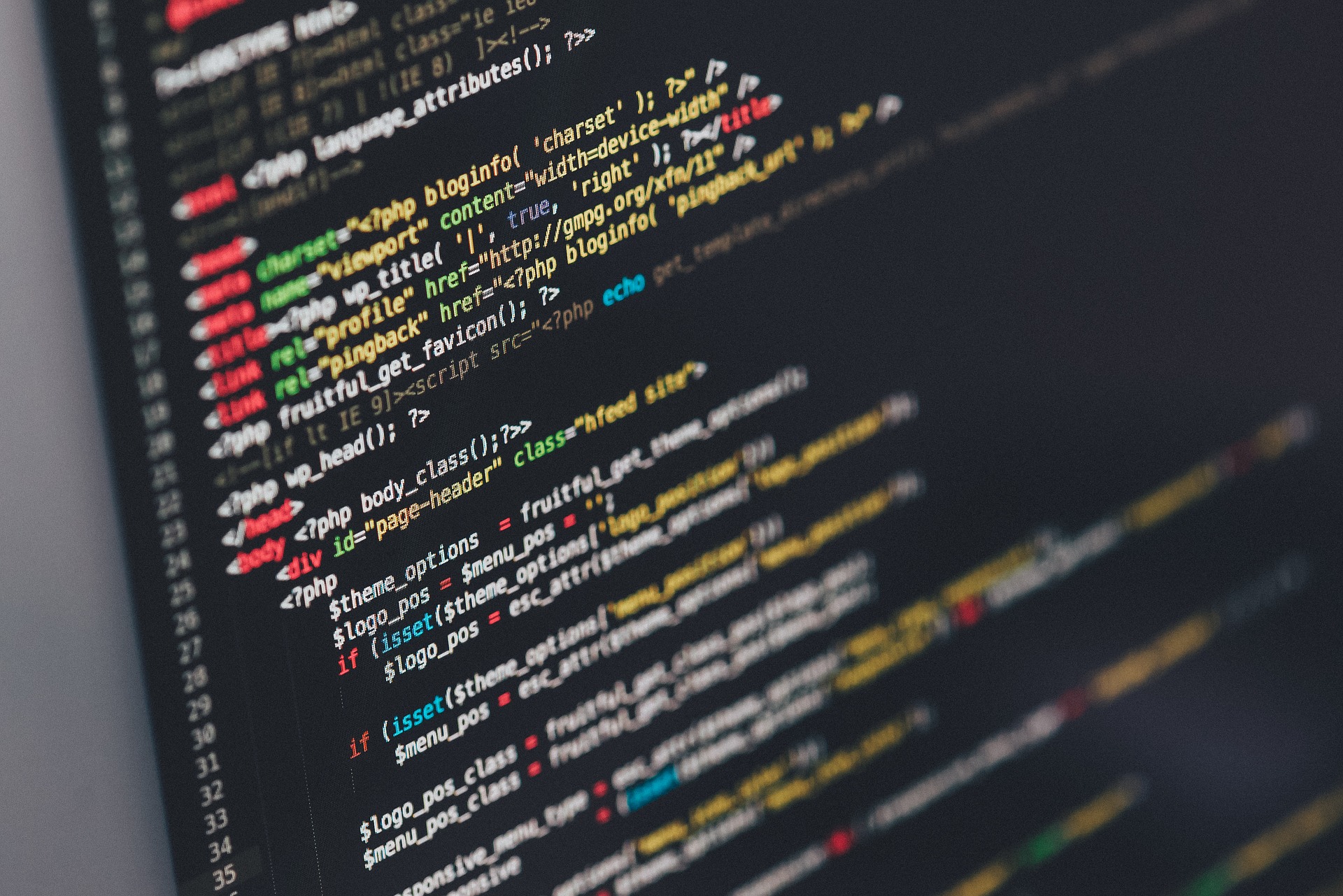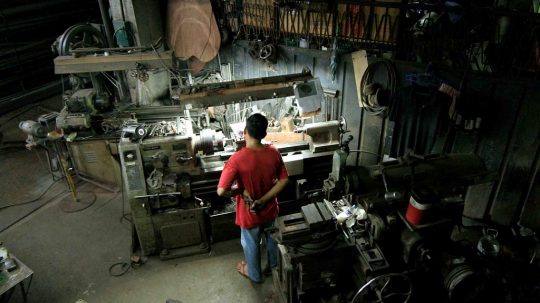More than 1,200 potential trafficking victims were detained last year, it has been revealed. Why are more victims being detained than ever before? Maya Esslemont examines.
In summer last year, MPs, journalists and the public were shocked to discover that more that 500 potential trafficking victims in the UK had been held in prison-like detention centres, contrary to Home Office guidance.
A report by data mapping project After Exploitation revealed than 507 victims were detained in 2018, despite the Home Office establishing there were “reasonable grounds” to suspect they were trafficking victims. This reasonable grounds decision should normally entitle them to a safe house, legal advice, and mental health support among other provisions. Instead, hundreds were subjected to further trauma.
Faced with this evidence, the government denied there was a problem.
During a parliamentary grilling, former immigration minister Caroline Nokes said that those “507 individuals were not detained after getting a positive decision on reasonable grounds to remain”.
Rather, it was only decided that there was “reasonable grounds” to suspect they were trafficking victims as they had been “entering detention, or while in detention”.
The implication being that, in order to adhere to immigration targets, the government cannot be expected to check who is being detained before they are locked up.

Credit: Peakpx
No planned reform to detention gatekeeping procedures was announced in the aftermath of the report, despite the fact that such due diligence would protect victims of serious crime from being further punished.
In light of Home Office failures to safeguard against wrongful detention, more than 20 charities signed our open letter asking for independent decision-making in detention vulnerability and trafficking (National Referral Mechanism) decision-making, which are both currently overseen by the Home Office. Naively, many of us felt hopeful at the support these asks have gained from politicians and journalists.
Yet, only a few months later, new data reveals that no meaningful changes have been made to the procedures for deciding detention suitability. In fact, data obtained only last week shows that the practice of detained slavery survivors has gotten worse, not better.

Credit: Pixabay
Data obtained by After Exploitation under freedom of information laws revealed that more than 1,200 potential victims were detained last year.
Meanwhile, of the 507 potential victims known to be detained in 2018, the running total now sits at 914. This means that, in the time between our report’s launch and the time of writing, an additional 407 detainees were later found to be potential trafficking victims. Many would have had to wait months or years, after release from prison-like settings, before finally becoming eligible for support.
When people who have been trafficked are detained, their traffickers win.
– Kate Roberts, Anti-Slavery International
A number of charities, including those working closely with survivors, were astounded.
One of the saddest realities of these figures is that traffickers may be emboldened when making threats to victims on the basis of their immigration insecurity.
“Survivors of trafficking regularly tell us that their exploiters use the threat of immigration detention to control them,” said Anti-Slavery International’s UK & EU Programme Manager, Kate Roberts.
“When people who have been trafficked are detained, their traffickers win.”
Meanwhile, those working in immigration detention highlighted the conflict of interest between the Home Office’s role overseeing immigration enforcement, and its role in spotting vulnerable people.
“To enter the National Referral Mechanism [the framework through which victims access support] survivors of trafficking are expected to disclose their experiences to the same authority that is responsible for their detention and enforced removal from the UK,” said Rudy Schulkind, Policy and Research Coordinator at Bail for Immigration Detainees (BID).
The likelihood of a vulnerable person disclosing details of trauma, such as of sexual or physical abuse, seems very unlikely within a setting more reminiscent of prison than safe housing.
Schulkind added that BID frequently encounters people in detention who display clear evidence of having been trafficked but have not been identified by the authorities.“There will be many others that we do not encounter and are never identified,” he said.
We ask the government to address the underlying problems this data illustrates, rather than stifling this data’s release.
– Maya Esslemont, After Exploitation
The severity of these findings, and the role that this data can play in holding the government accountable, are beyond debate. Yet, we still have no commitment from the government to regularly report what happens to modern slavery victims in the UK. Every three months, journalists and policy-makers have access to in-depth statistics on detention, asylum and other immigration outcomes.
Yet, data on this group of often vulnerable, and routinely mistreated, people is not in the public domain. As a result, much of the slavery data we extract through Freedom of Information does not tally up precisely year-on-year, and the government is free to discredit discrepancies as it sees fit.
We ask the government to address the underlying problems this data illustrates, rather than stifling this data’s release. Through regular reporting of slavery data, charities, researchers and policy makers could become better advocates for survivors. Currently, it is up to NGOs to piece together crumbs of information through FOIs, which are frequently delayed or rejected.
- If you do one thing today, please consider signing the petition for transparency on trafficking, so that we can finally understand how many victims are supported or deported.
The views expressed in this article are those of the author and do not necessarily reflect the views of EachOther.




